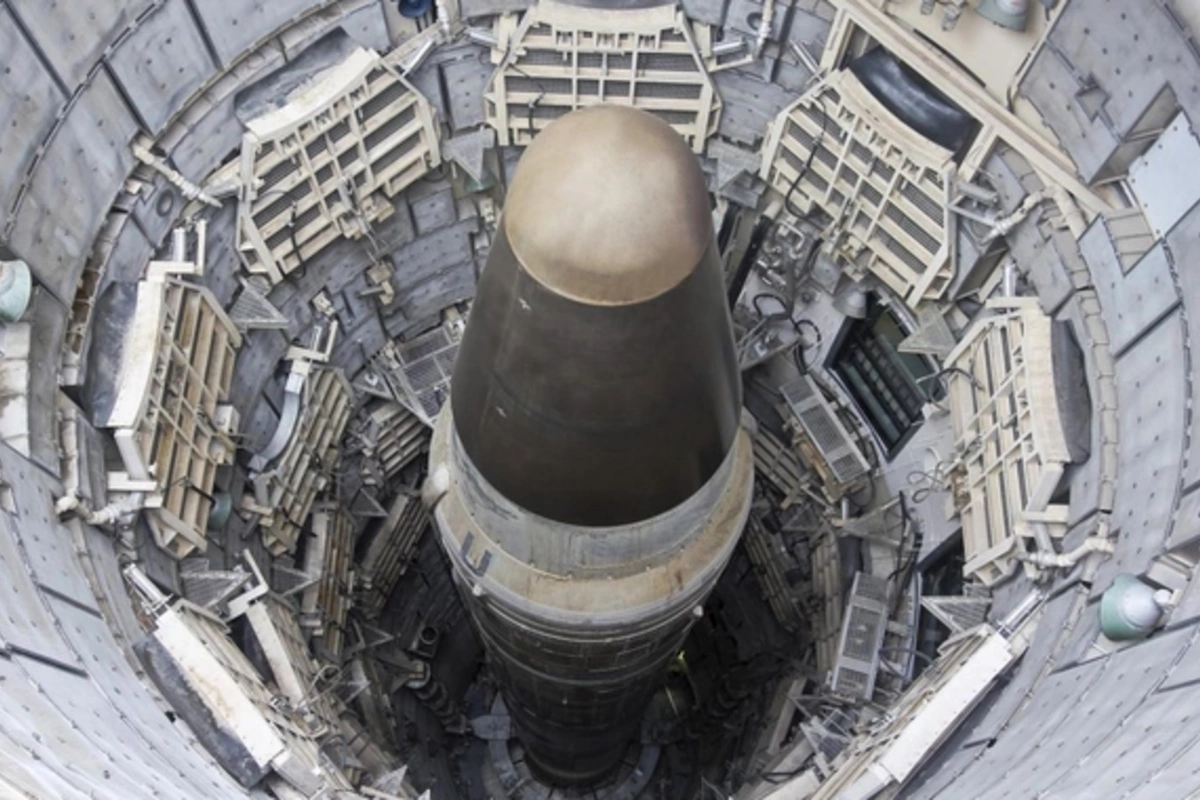11 Jun , 20:14
0

Intercontinental ballistic missiles: an invisible threat that is almost impossible to defend against
Intercontinental ballistic missiles (ICBMs) are considered one of the most deadly types of weapons in the modern world. Created as an instrument of strategic nuclear deterrence, these missiles are capable of delivering nuclear warheads over enormous distances, leaving target countries minimal chances for defense.
According to data from 2025, the technological capabilities of most countries do not allow for effective interception of ICBMs, reports Slash Gear. Despite this, leading powers continue to invest significant resources in developing new generation missile defense systems.
The destructive power of ICBMs is measured in kilotons (equivalent to 1,000 tons of TNT) and megatons (1,000,000 tons of TNT). Modern examples of this weapon possess truly apocalyptic potential.
A striking example is the American LGM-30 Minuteman III missile, a key element of the US nuclear triad. It is equipped with a W87 warhead with a power of 300-475 kilotons. Before the signing of the START treaty between the US and Russia, such missiles carried three warheads simultaneously. Currently, the Pentagon plans to replace the Minuteman III with the more advanced LGM-35 Sentinel, which will potentially return to a multiple warhead configuration.
To understand the scale of the threat: the atomic bombs that destroyed Hiroshima and Nagasaki in 1945 had a power of only 15 and 21 kilotons respectively. These strikes led to the death of more than 214,000 people and the complete destruction of both cities. The modern W87-1 warhead exceeds the power of the most destructive bomb in military history by 22 times.
The publication Slash Gear provides data from the simulator Nukemap, which models the consequences of nuclear strikes. According to calculations, the use of W87-1 against modern Hiroshima would destroy not only the city itself, but also surrounding settlements — Hatsukaichi, Saka, Kumano, Kaita, and Fuchu. A strike on Washington would lead to the destruction of the US capital along with suburbs — Alexandria, Bethesda, College Park, Hyattsville, and others. Infrastructure would be destroyed for tens of kilometers, and radioactive contamination would create an additional deadly threat.
Intercepting ICBMs presents a task of colossal complexity, comparable to trying to shoot down a bullet with another bullet at a distance of thousands of kilometers. Even the US with its advanced missile defense system cannot guarantee complete protection from such a threat, although it has ground and air interception systems.
Theoretically, shooting down an ICBM is possible, but the probability of success is extremely small. The missile's flight passes through three phases: boost (2-5 minutes), midcourse (20-30 minutes), and terminal (less than a minute). Interception is technically possible only in the first two stages.
The boost phase occurs immediately after launch, when the missile is close to the launch point. Interception at this moment is extremely difficult due to the lack of time to react, especially if the launch is made from a remote territory.
The most realistic option is interception during the midcourse phase, when the missile moves along a ballistic trajectory outside the atmosphere.